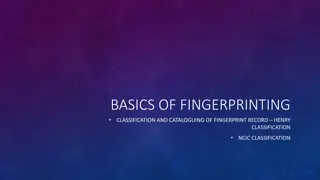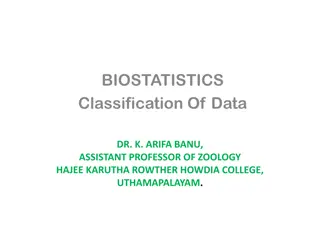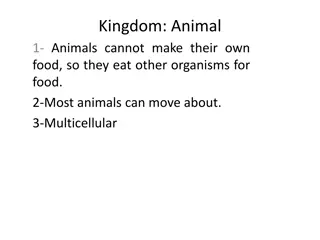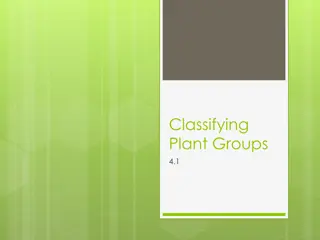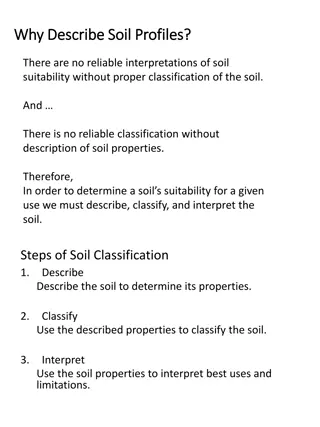Annelida: Characteristics and Classification
Annelida, a diverse phylum, exhibit characteristics such as segmented body, locomotory organs, and closed blood vascular system. The phylum is classified into classes including Polychaeta, Oligochaeta, Hirudinea, and Archiannelida, each with unique features. Annelids are mainly aquatic, with some terrestrial and parasitic species. They play vital roles in ecosystems and possess intriguing reproductive strategies.
Download Presentation

Please find below an Image/Link to download the presentation.
The content on the website is provided AS IS for your information and personal use only. It may not be sold, licensed, or shared on other websites without obtaining consent from the author.If you encounter any issues during the download, it is possible that the publisher has removed the file from their server.
You are allowed to download the files provided on this website for personal or commercial use, subject to the condition that they are used lawfully. All files are the property of their respective owners.
The content on the website is provided AS IS for your information and personal use only. It may not be sold, licensed, or shared on other websites without obtaining consent from the author.
E N D
Presentation Transcript
PHYLUM ANNELIDA Dr. SEEMA JYOTI Associate Professor Mangaldai College
INTRODUCTION They are mostly aquatic, burrowing or tubicolous. Some are terrestial and some parasitic or commensal Body elongated, vermiform, bilaterally symmetrical and triploblastic. Metamerically segmented. Body wall consists of cuticle secreted by underlying epidermis.Cuticle is soft and nonchitinous
Locomotary organs: Segmentally arranged chitinous setae/chaetae embedded in skin or borne on lateral parapodia True coelom is present Coelom is filled with coelomic fluid containingcells or corpuscles Digestive canal is straight complete tube.Digestion is extracellular. Blood vascular system is of closed type.Blood contains respiratory pigments, either haemoglobin or erythrocruorin.
DIFFERENT CLASSES OF ANNELIDA CLASS1: POLYCHAETA CLASS2: OLIGOCHAETA CLASS3: HIRUDINEA CLASS4: ARCHIANNELID A Marine, affinities unknown Mostly marine, some fresh water Terrestrial, freshwater Freshwater, Terrestrial, ectoparasite/ carnivorous Segmentation external, body with fixed segments.Annuli Suckers at anterior & posterior ends Tentacles absent, eyes in anaterior segments Body elongated with external and internal segmentations Head distinct Body with external and internal segmentations Body elongated, thread like. Segmentation internal Head indistinct Head consists of prostomium, peristomium,eyes, palps & tentacles Setae numerous on lateral parapodia. Eyes & Tentacles absent Tentacles absent Parapodia absent, setae few Parapodia/Setae absent Parapodia/setae absent
CLASS1: POLYCHAETA CLASS2: OLIGOCHAETA CLASS3: HIRUDINEA CLASS4: ARCHIANNELIDA Clitellum absent Clitellum present Clitellum absent Clitellum absent Cirri or branchiae or both may be present for respiration Body cavity filled with botryoidal tissue.Coelom reduced to haemocoelomic sinuses. Hermaphrodite with one male & one female gonopore. Sexes separate,gonads temporaray in many segments Hermaphrodite, testes anterior to ovaries Sexes seperate Fertilization internal Fertilization external in Cocoons Development indirect Development direct. Development direct. Dev. indirect Trochophorelarva No larval form No larval form Trochophore larva



